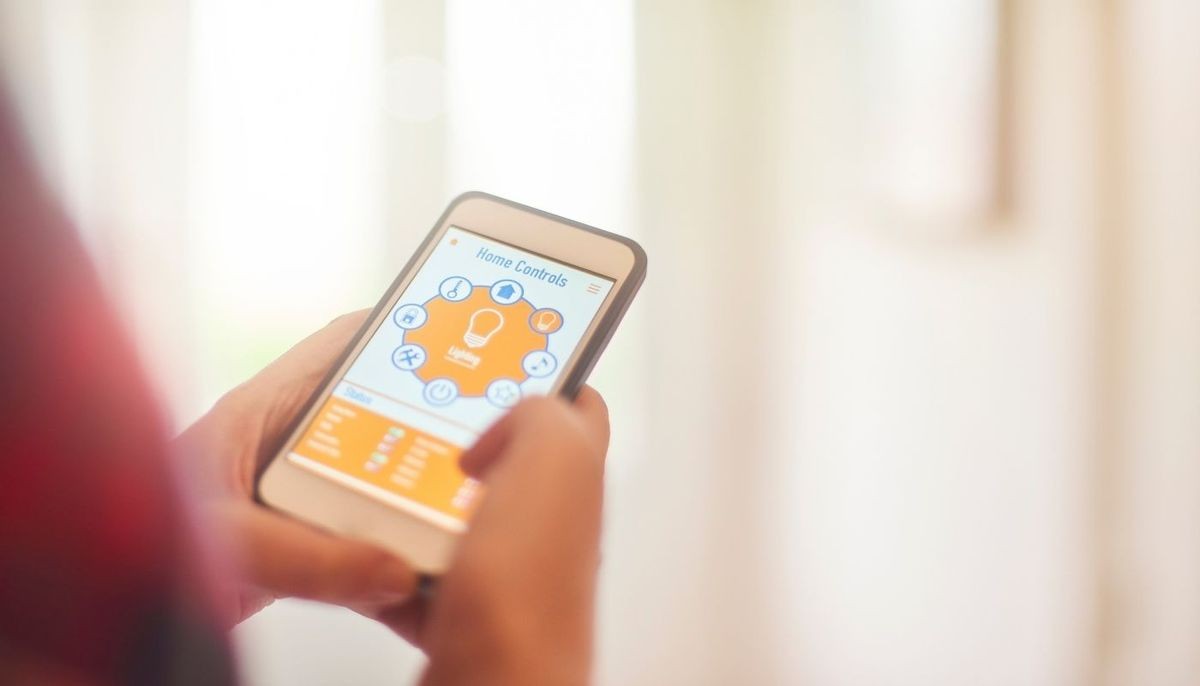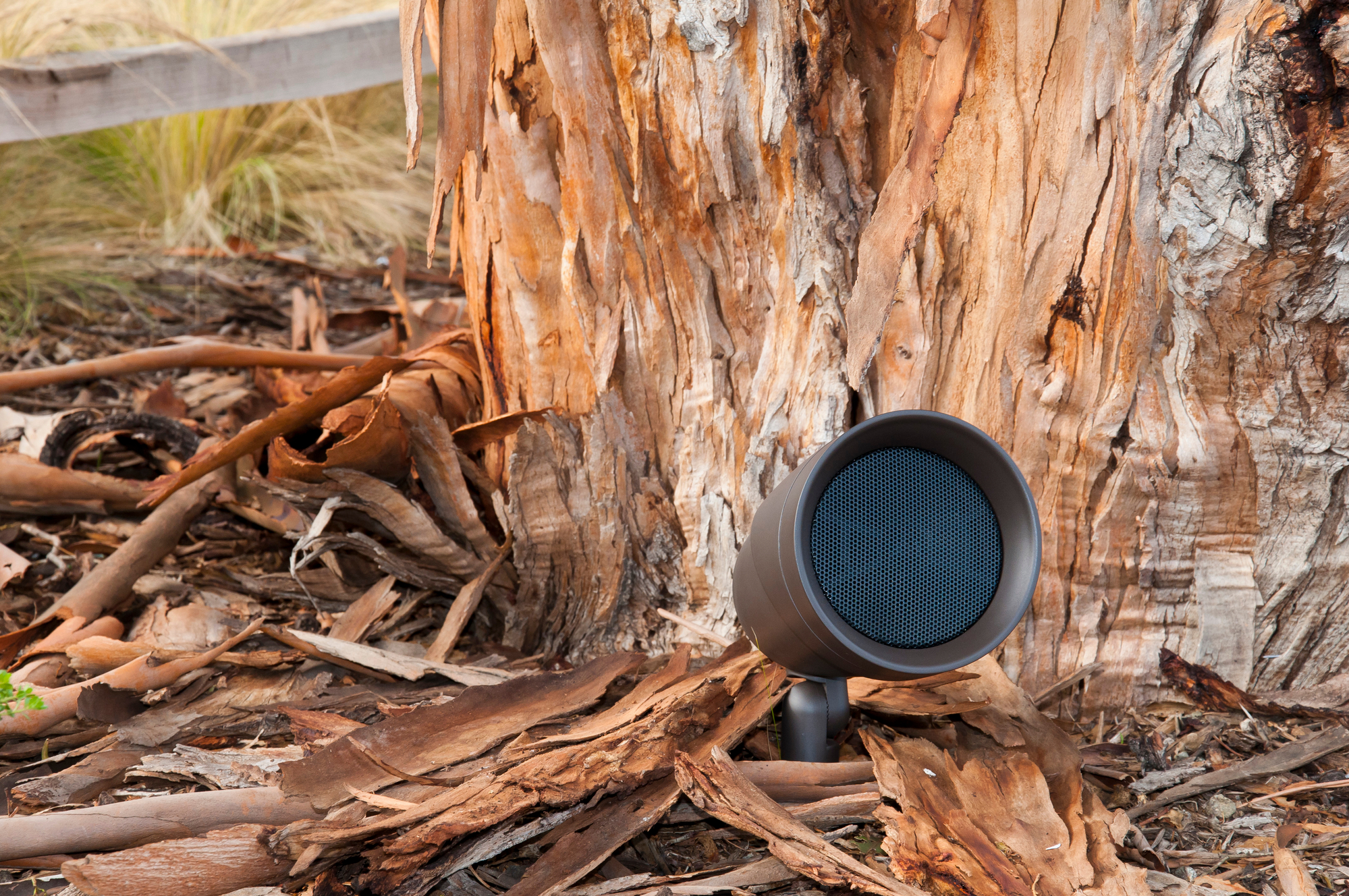Smart Home Lighting: What Is It and How Does It Work?
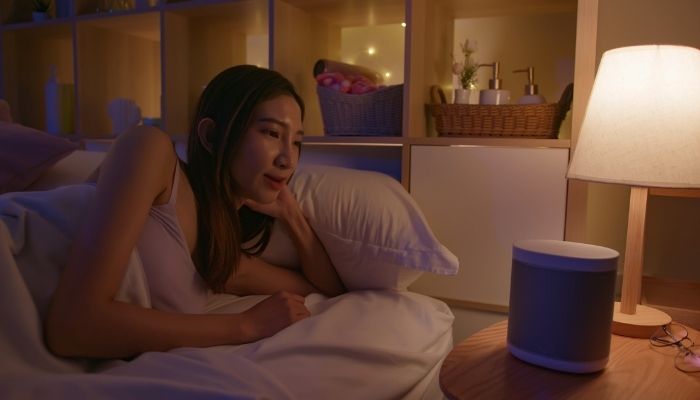
Benefits of Smart Lighting
The benefits of smart lighting extend beyond the ability to adjust your lights automatically or remotely. There are here are several plus sides to having smart lighting, such as automation, energy savings, and so much more. You’ll discover that there can be more to lighting than just flicking on a switch, and we’ll show you just what we mean.
Automation & Setup
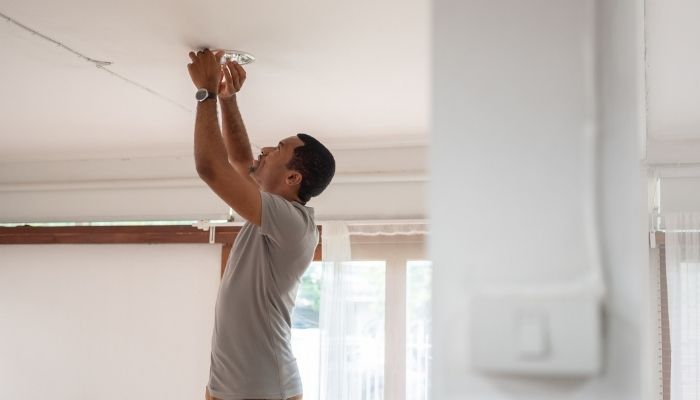
Smart lighting can be integrated individually or collectively. You can set timers to turn off the lights at a certain time, or you can program your lights to turn on and off when you’re not at home, simulating your presence. The fixtures of smart lights are the same as those of regular light bulbs, so there is no need to worry about complicated installation. Simply remove the old one and screw in the new one to install them! Use your app or device to connect them to your home, and you’re good to go in a matter of minutes.
Save Energy
Depending on how you set up your lights, you can get notifications about left on lights, so you can turn them off. Meaning there will be no more waste of light and a significant reduction in energy use, resulting in lower CO2 emissions. So, you can power your home while being eco-friendly. Also, smart lighting has a much longer average lifespan than standard lamps, so you don’t have to replace them as frequently.
Even though smart lighting is more expensive upfront, it will save you money in the long run. Smart lights use five times less energy than normal bulbs, and the ability to dim your lights can help you save even more money on your energy bills. Remember, the less energy your lights use, the better for the environment they are.
Mood Creation

Smart lighting also provides a more pleasant ambiance by detecting various aspects in a room and adjusting to those factors. Most smart lights also offer features that allow you to adjust the color or intensity so you can create a great movie atmosphere, work environment, or just a relaxing space.
Connectivity
You can establish a full smart home by combining your smart lighting system with other connected devices such as cameras, music equipment, thermostats, or home assistants. This way you can completely simplify your home life and create a tech-savvy home that the whole family can love.
Types of Connectivity
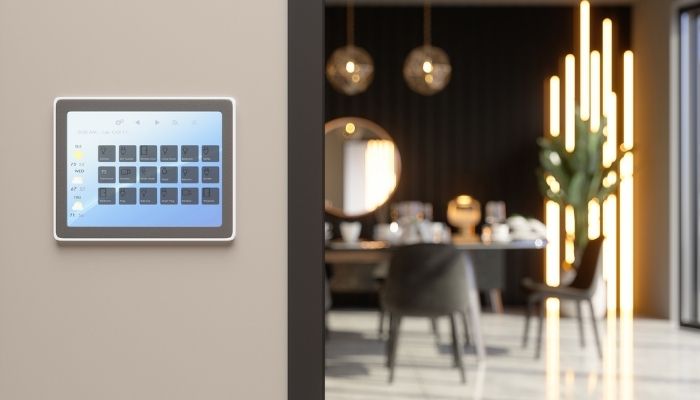
There are two ways you can set up your smart lighting connectivity: WiFi and Bluetooth. But which is better for your home? That depends on what your needs are.
WiFi
WiFi-connected smart lighting is set up to connect to your home or office WiFi via your router. These lights cannot be used without that connection, so if the internet is down, so are your lights.
Bluetooth
Smart lights that use Bluetooth can form a mesh network and be controllable with BLE-enabled smartphones. A Bluetooth Hub is necessary to control Bluetooth-based smart lights remotely. The Bluetooth hub connects Bluetooth-enabled devices to your network, so as long as you have your phone in hand, you’ll always be able to control your lighting.
Smart lighting technology is a key component of smart home automation. Users can manage them remotely, create schedules, and modify the color to suit their mood. Except for features like dimming and different color options, all of these functions may be achieved simply by connecting standard bulbs to a smart plug.
If you’re ready to get started on your home automation, AV Design Consultants can help! Find everything you need from home control lighting, smart lights and outlets, voice control assistants, and more! And if you have any questions about smart home products or want help with your home automation and control, give us a call today! We're always happy to help!
When you subscribe to the blog, we will send you an e-mail when there are new updates on the site so you wouldn't miss them.
